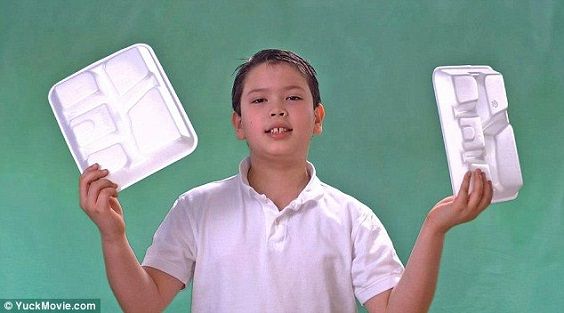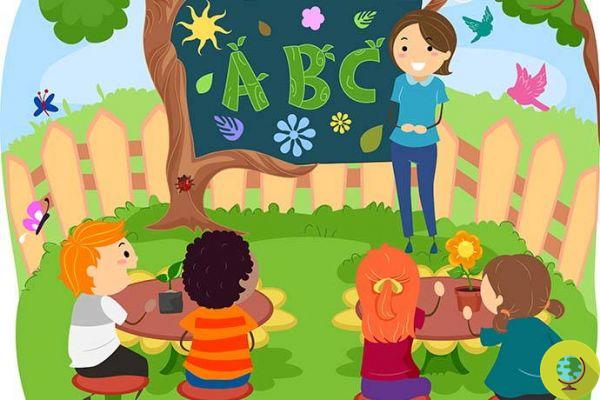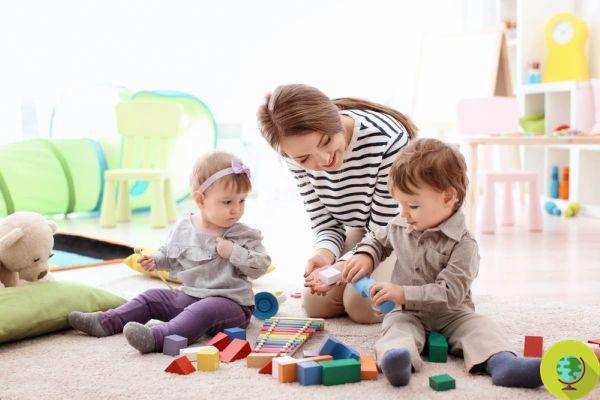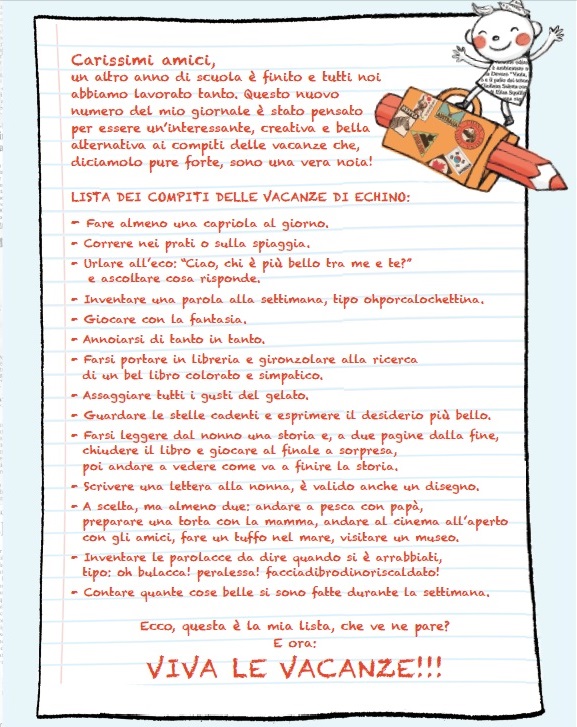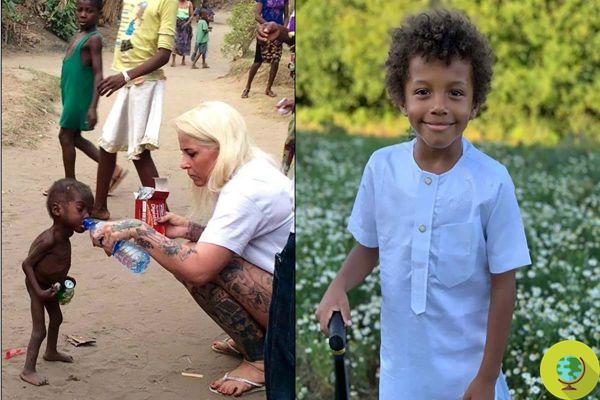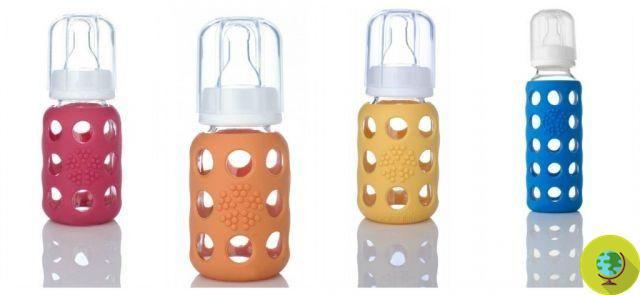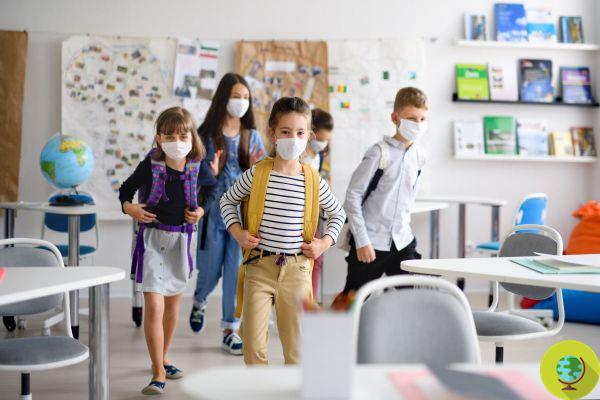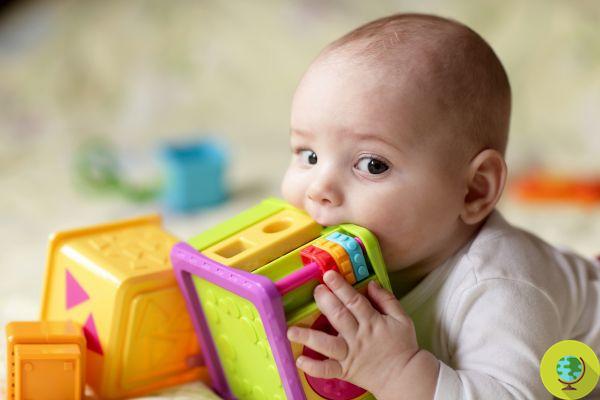
A TENDR report warns of the need to ban phthalates, which are dangerous for the neurological development of children
Don't store avocado like this: it's dangerousPhthalates are chemicals that can be found in a variety of commonly used items, including children's toys. Exposure to phthalates, however, especially for children, is particularly dangerous and would have a negative impact on brain development. To say a new study.
Synthetic chemicals called phthalates, and especially orthophthalates, negatively interfere with children's brain development and therefore must be immediately banned from consumer products. This is what a group of scientists and health professionals of the TENDR Project (Targeting Environmental Neuro-Development Risks) says, a project that aims to study and reduce the exposure of children to neurotoxic and polluting chemicals.
In their report, published in the American Journal of Public Health, the experts say that reliable data from longitudinal birth cohort studies and animal model studies indicate that exposure to orthophthalates can impair brain development and increase risks for learning, attention and behavioral disorders in childhood.
"This growing body of evidence, coupled with the known adverse effects on the development of the male reproductive tract, requires immediate action," the study authors warn.
The problem is that, as American scientists point out, we are all exposed daily to phthalates of different kinds, and it is no coincidence that in the United States these substances are nicknamed “everywhere chemicals”.
Phthalates are hidden in many commonly used products: food packaging (and therefore could also migrate into food); detergents; vinyl flooring, clothing, furniture and shower curtains; automotive plastic; lubricating and adhesive oils; products resistant to rain and stains but also shampoos, soaps, hairspray and nail polish.
They are also found in PVC plumbing and construction products and in items such as medical hoses, garden hoses and some children's toys.
And the results of this continuous exposure, unfortunately, can be seen. As demonstrated by a Swiss study, which we told you about, which analyzed the urine of children.
- Bisphenols and phthalates in the urine of almost half of the children analyzed: the scary Swiss study
Research in recent years has linked phthalates to childhood obesity, asthma, cardiovascular problems, cancer and reproductive problems such as genital and testicular malformations in infants and low sperm and testosterone levels in adult males.
The new TENDR report, however, focuses specifically on the link between exposure to phthalates and damage to the neurodevelopment of fetuses, infants and children.
As of 2019, the report states, more than 30 studies had looked at prenatal exposure to different types of phthalates, and long-term studies had been conducted in 11 different countries or territories around the world.
One study among those cited, for example, found that children of mothers with higher levels of phthalates in their urine during the second trimester of pregnancy were nearly three times as likely to be diagnosed with ADHD compared to children with mothers who had very high levels of phthalates. lower.
Another research found that babies exposed to higher levels of phthalates in utero had a seven-point lower IQ level than babies with lower exposure. Children at higher risk also had a reduction in perceptual reasoning and verbal understanding.
Not all studies had arrived at such clear results and certainly there is a need to deepen but:
“We have enough evidence right now to be concerned about the impact of these chemicals on a child's risk of attention, learning and behavior disorders. What we want to achieve is to direct the public health community, including regulators, towards the goal of eliminating phthalates, ”said Stephanie Engel, professor of epidemiology at the University of North Carolina and lead author of the study.
The study therefore reads:
"We strongly urge federal and state agencies to move quickly to eliminate the use of phthalates"
But not only in objects intended for children, it is a measure that must be taken in full to avoid exposure of pregnant women, breastfeeding women, women of reproductive age as well as of course babies and children.
“The fact that manufacturers and retailers have already voluntarily removed orthophthalates from a wide range of products indicates that this is feasible,” the report said.
The EU has, since 2018, limited the use of four phthalates: DEHP, DBP, DIBP and BBP in various products (including toys and childcare items) but this is only a first step.
And phthalates, by the way, are not the only class of substances to which we and our children are exposed on a daily basis. Just a few days ago we talked to you about the problem of endocrine disruptors (including phthalates), components that could act like hormones by interfering with the proper functioning of the endocrine system.
- Not only bisophenol, the list of the most dangerous endocrine disruptors in products that you do not expect
Fonti: American Journal of Public Health/ CNN
Read also:
- How to choose safe and toxic-free toys
- Not just bisphenol and phthalates: plastic contains 140 harmful substances and is a threat to human health
- BPA: 10 Ways To Lower Your Whole Family's Exposure To Bisphenol A.
- Children's bodies are filled with plastics and PFOA, the new study
- Toxic toys: recycled plastic with dangerous chemicals in the hands of children
- Stop to phthalates, BPA and endocrine disruptors: the European Parliament calls for a dividend in cosmetics, toys and food







